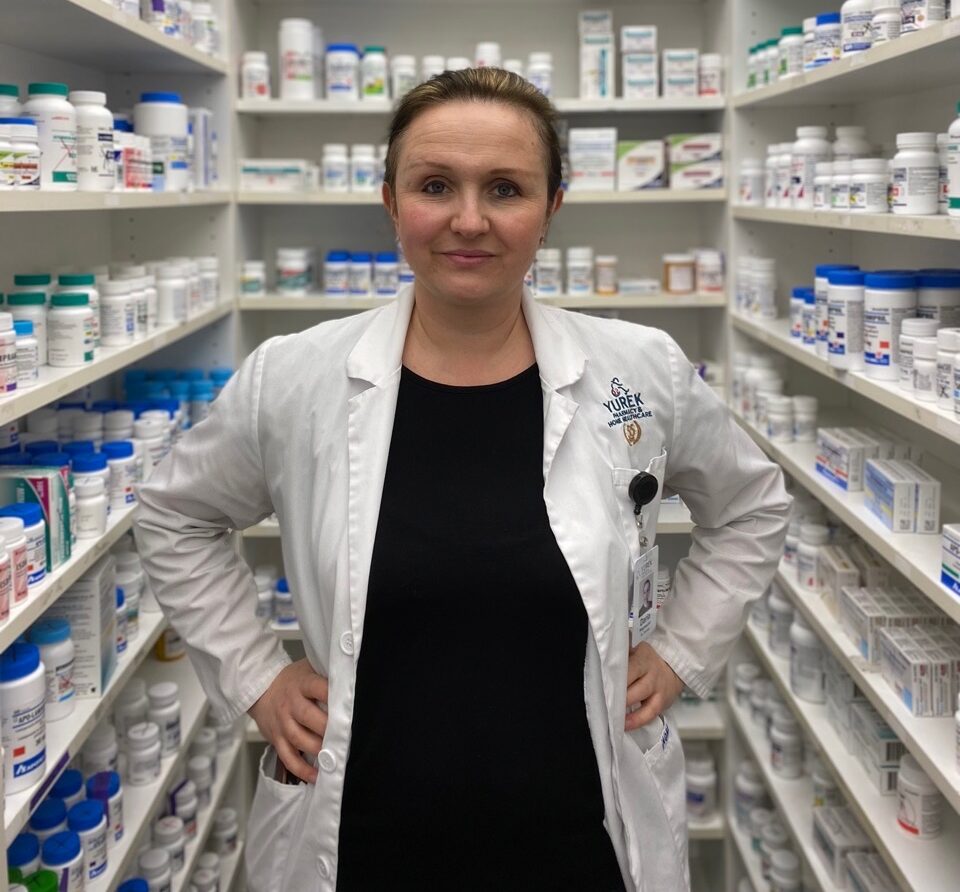By: Daria Horbal, Pharm.D, RPh
People often lump the terms Crohn’s and Colitis into the same conversation or even use them interchangeably. But are they the same?
Crohn’s and colitis are the two similar primary disorders we generalize as inflammatory bowel syndrome (IBS), causing chronic inflammation in the gastrointestinal tract (GI). The primary differences are the area they target, how they manifest, and the resulting variation in symptoms.
Crohn’s Disease
Named after discoverer Dr. Burrill B. Crohn in 1932, Crohn’s can affect any part of your GI from your mouth to your anus but most often affects your small intestine. It does not appear uniform or continuous but forms as patches of inflammation. It may also affect the entire thickness of the bowel wall. Symptoms include:
- Diarrhea
- Mild fever
- Sores in the mouth and around the anus
- Fatigue
- Abdominal pain and cramps
- Loss of appetite and weight
Ulcerative colitis
Colitis targets a more specific area in the GI, generally the innermost lining of your large intestine—the colon and rectum. It appears as a uniform area of continuous inflammation that usually begins in your rectum, moving up into your colon. Symptoms include:
- Bloody diarrhea
- Fever
- Rectal pain
- Urgency to defecate
- Fatigue
- Abdominal pain and cramps
- Loss of appetite and weight
Treatments for both diseases include lifestyle and diet changes, medications targeting inflammation and related symptoms, and psychological or coping therapies. Surgery may be considered in severe cases.
If you suspect you may have IBS, contact your doctor. For more information about existing therapies and drug intervention, contact Crohn’s and Colitis Canada or speak with a Yurek pharmacist.








